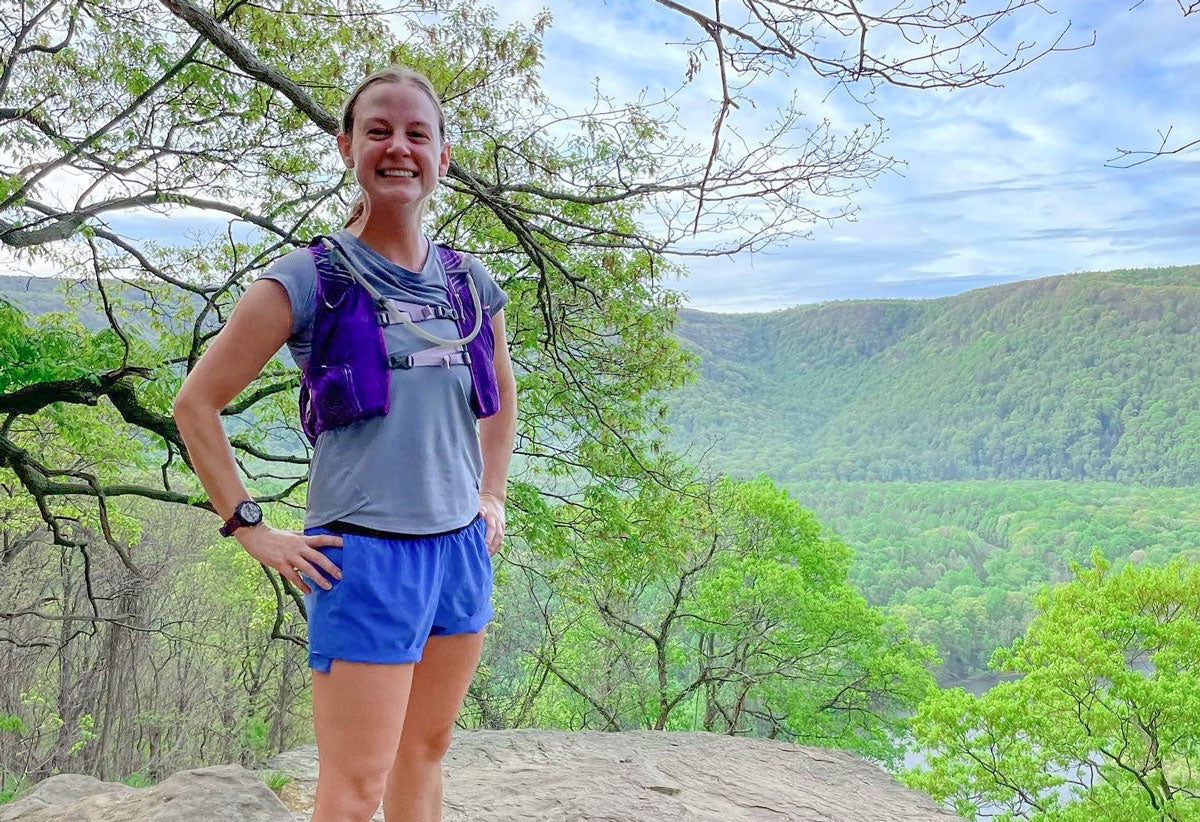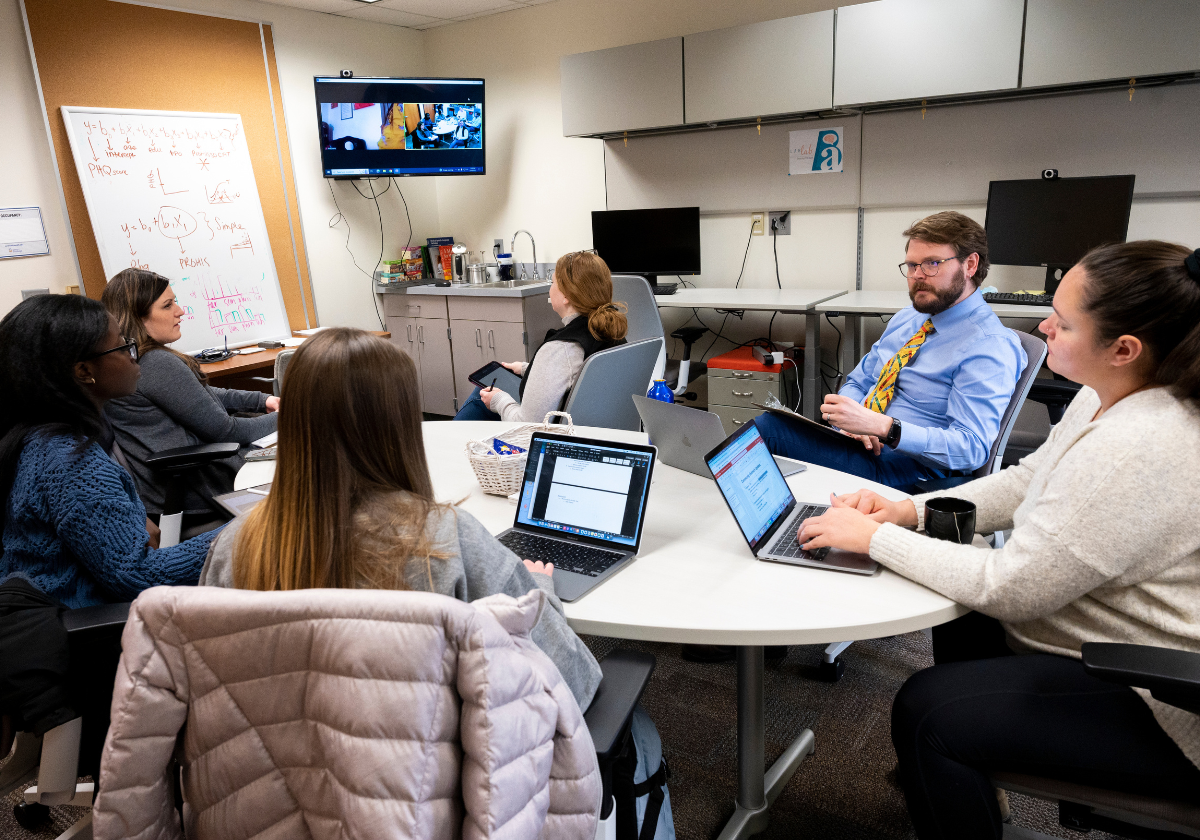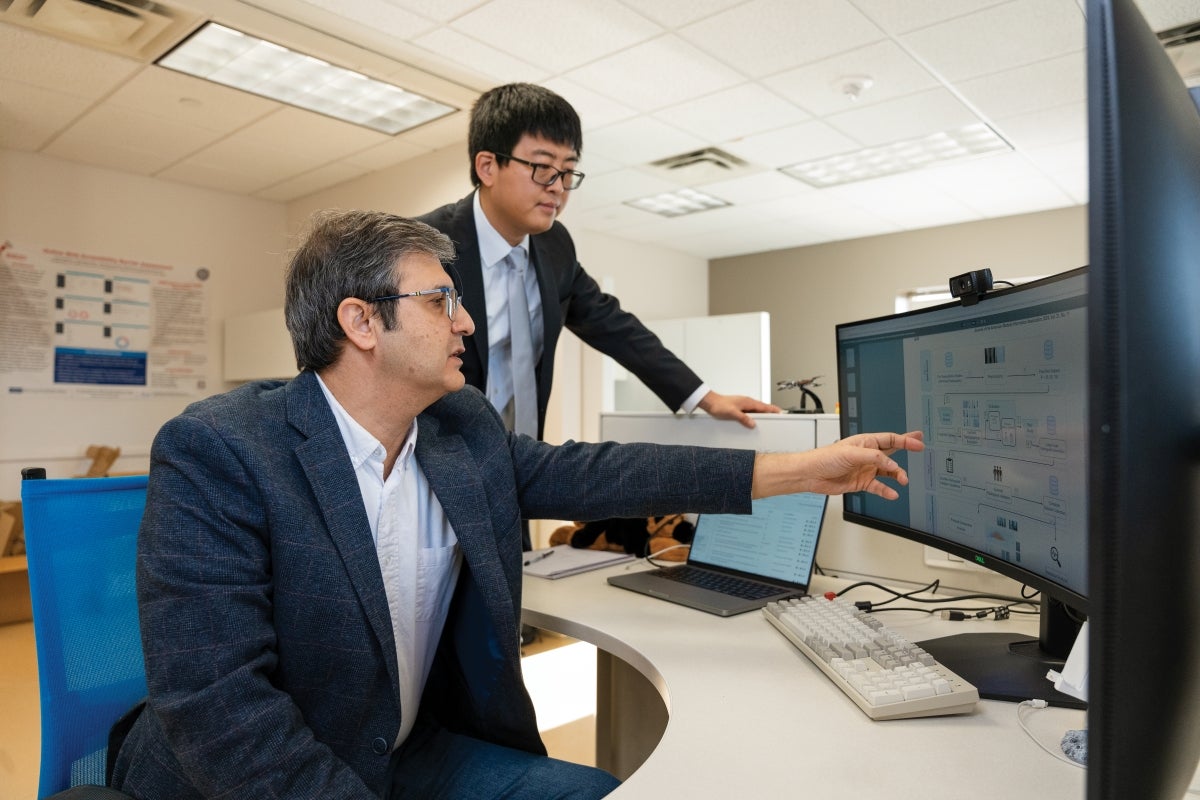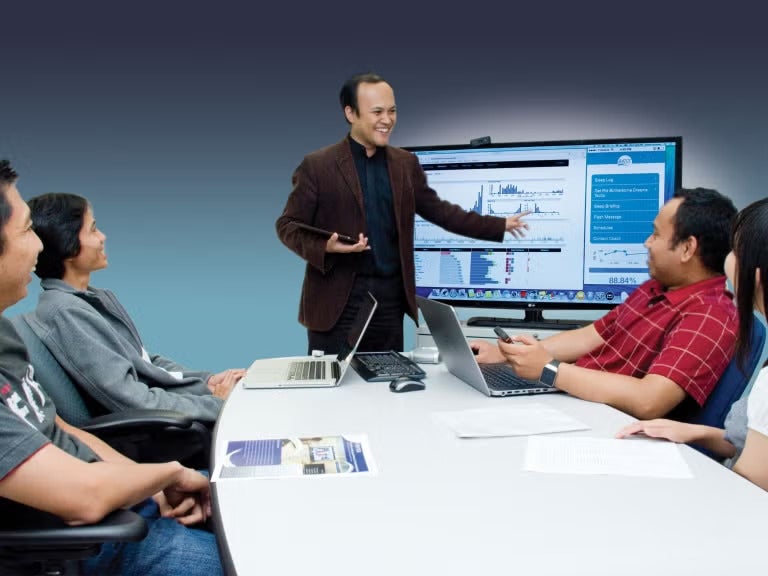
Running Towards my Doctor of Medical Science Degree – Ashley Reasey
Physician assistant Ashley Reasey writes about how her passion for trail running helped her succeed in the Pitt DMSc program.
Read More
Finding Language and Friendship through the Aphasia Support Group
The Aphasia Support Group was founded by SHRS faculty as a space to build community and provide social interaction for this population.
Read More
Health Informatics Faculty Help Drive $10 Million Leidos Partnership for Using AI Tools in Health Care
Assistant Professors Ahmad P. Tafti and Yanshan Wang are contributors to Pitt’s Computational Pathology and AI Center of Excellence (CPACE), which announced a $10 million partnership with the technology company Leidos to advance AI in health care.
Read More
Health Informatics Careers are Taking Off
Health Informatics professionals are essential for managing and analyzing health care data, driving breakthroughs in disease prevention, treatment and the discovery of potential cures.
Read More
Pitt Doctor of Medical Science Alumna Reflects on Her Capstone Project
Pitt Doctor of Medical Science alumna Megan McGrane shares about her capstone project focused on advanced practice providers.
Read More
Doctor of Audiology Student Catherine Dymowski Shares How the TRANSLATES Program Helped Develop Her Research Skills
Doctor of Audiology student Catherine Dymowski shares about her experience in the TRANSLATES program.
Read MoreLatest Stories
SHRS in the News
-
-
-
-
-
November 14, 2025 | Pittsburgh Post-Gazette | James Katz, Elaine Mormer, Catherine Palmer, Aravind Parthasarathy


